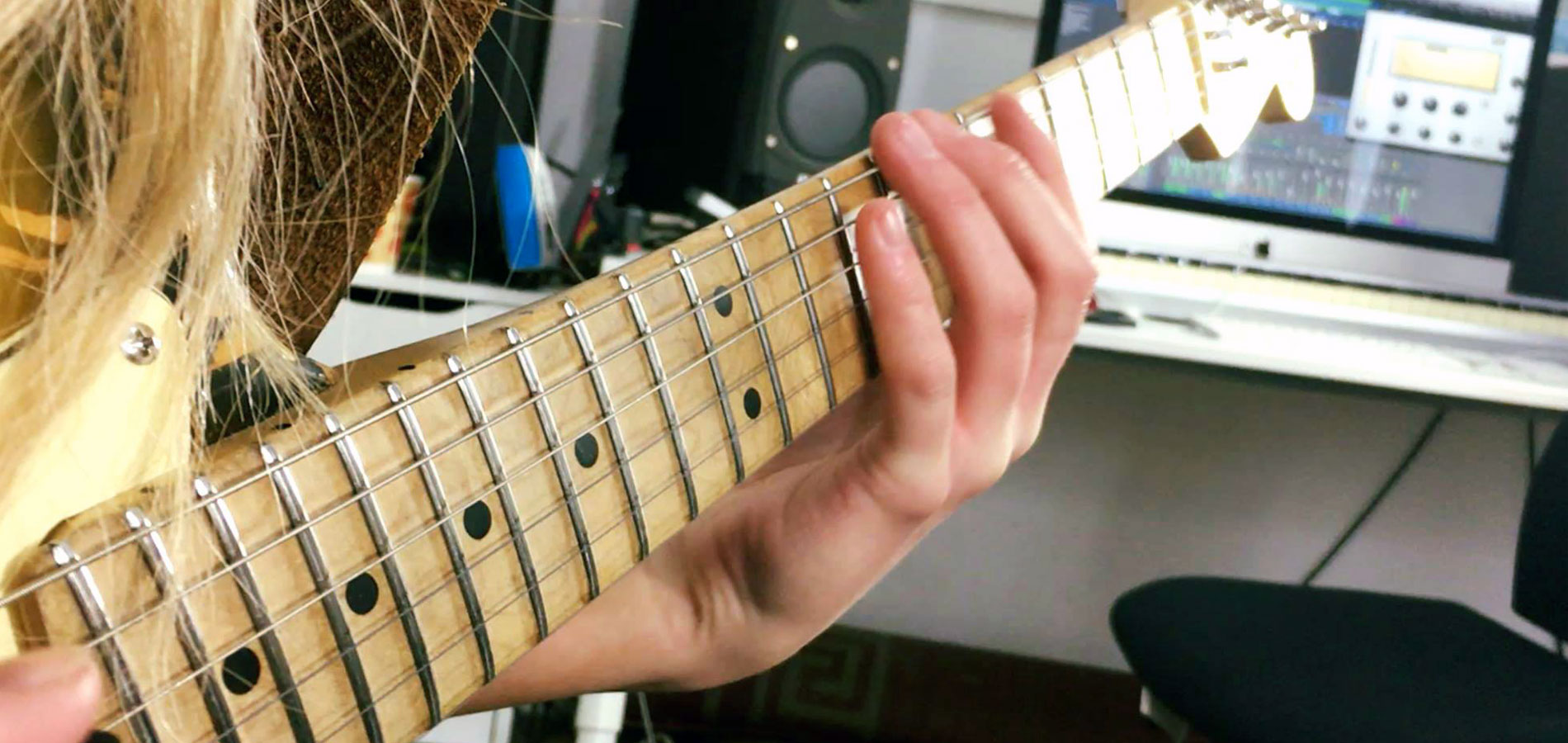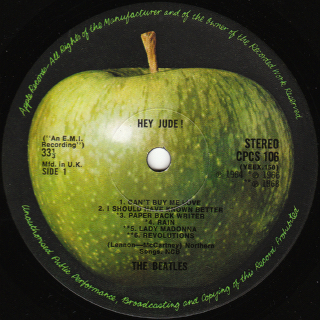Throwback Theories: The Beatles “Revolution” Guitar Tone
The Beatles Revolution Guitar Tone. It’s hard to think of new and exciting ways to discuss the collective works of arguably the most significant band to ever exist. I mean, what can I say really? That they were innovators? That they’ve got one of the most consistent and iconic discographies of any band to walk the face of the earth, or maybe just that I love them so much and they cant really do wrong in my eyes.
The problem with that review is that it’s immensely biased and helps no one. Fortunately, in and amongst this blind support of mine I have stumbled across some fairly interesting things they did over their career. Both musical, and production based, and more specifically; the “Revolution” guitar tone. It’s a tone that’s sent guitar gear nerd forums crazy for decades. What fuzz do I buy to get that John Lennon sound they cry, it’s not fuzz it’s a combination of three overdrives and a broken amp some reply. Well I hate to break it to you but you’re all wrong. The end result of the Revolution guitar tone was one born out of a desire to push distortion to a level that had not been seen in popular music thus far, and it nearly cost them their mixing desk!
Guitar Tone
So a quick history lesson on distortion. For those of you that don’t know, distortion is made by overloading the signal of your instrument to the point where it begins to crackle and break up, or, distort! Guitar players used to achieve this by turning their amps up to eleven (Spinal Tap baby) and then as technology advanced fuzz and distortion pedals were invented which allowed you to achieve the sound without also having to make yourself deaf.
Beatles Revolution Fuzz sound
Now in 1968, all of this was readily available for the Lonely Hearts Club Band, and on the initial cut of “Revolution 1” John and George were exhausting their options trying to find the distortion sound they were looking for. Even engineer Geoff Emerick tried to help their search by overloading the preamps on the mic that was recording Lennon’s amp. But even then, John still wasn’t happy!
It wasn’t until John, Paul, and George, took Emerick’s advice and plugged straight into the recording desk and let him overload their signals, before patching it into another overloaded channel, that they started getting closer to their desired sound. By overloading the preamps on the individual channels they managed to achieve a kind of distortion that was both nostalgic, and progressive. The original distortion sound came from a dying channel on a mixing desk, but to consciously push a channels preamp gain to the point of distortion hadn’t been attempted before, and for good reason. Pushing the preamps on a mixing desk could have caused the desk to overheat. As Emerick said himself “If I was the studio manager and saw this going on, I’d fire myself”
Fortunately, they ran the risk and the rewards were great. The guitar sound was distorted, fuzzy, and all round
innovative. It hadn’t been heard before and hasn’t really been heard since. However, artists since have used the technique behind the distortion for other purposes; Fame by David Bowie, which Lennon actually helped write and record backing vocals on. You can hear the isolated master takes of Lennon and Harrison’s guitar tracks below.
By Dan Tredgold


